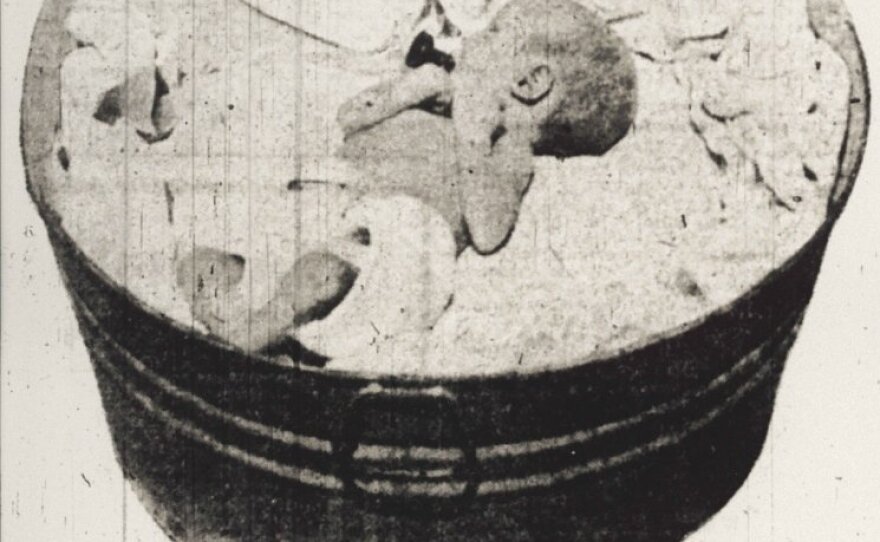If you rode a wagon down what is now Oak Lawn in April of 1913, you would have passed four large canvas tents. There, beneath the shade of the oak trees, what looked like a campsite was actually the first medical clinic for babies in North Texas, and the precursor to Children’s Medical Center of Dallas.
When a century ago, a young nurse named May Forster Smith moved to Texas from the East Coast she was shocked to find so many babies dying, often in hospitals for adults. At the time, infectious disease and poor nutrition was killing children at a rate of up to 15 each day. Mary Hayes, Archivist at Children's Medical Center, says at the time, babies were treated as little adults and the specialty of pediatrics had yet to be formed.
"People didn't understand that they weren't just short adults," Hayes says. "They really were young babies that had their own medical needs."
Nurse Smith would take care of babies weeks, sometimes months, until they were healthy.
“What they would do is get drops of milk on fingertips and put them on these babies tongues and have to stroke their throats to get them to drink because they were so weak,” Hayes says.
The technology at the Dallas Baby Camp was primitive, but Smith and the other nurses improvised. To keep babies warm, they would heat bricks and wrap them in towels to create a sort of wash tub incubator. And to keep the bugs off, they would put the legs of cribs in tin cans full of water and kerosene designed to keep the ants from crawling up.
http://youtu.be/0AB4OBtOIkU
About 100 babies were treated that first summer, and word spread quickly about the Camp’s success. In 1915, it moved indoors, into a small cottage. But Smith dreamed of a permanent baby hospital in Texas – and it wasn’t long before she got a $100,000 donation to open the Bradford Hospital – which would merge with other clinics to become what is now Children’s Medical Center.
Smith never married, but she did raise babies at the hospital. In the black and white photos of Smith from nearly a century ago, you see a very petite woman, no more than five feet tall, always with unkempt hair.
“I think she looked in the mirror once in the morning and that was it -- she was too busy and had other more important things to do,” Hayes says.
When Nurse Smith got pneumonia in 1938 she refused to stop working. She died in the hospital she created, surrounded by nurses she had trained. But her vision lived on. Bradford became Children’s Medical Center and a place where kids could go for the newest life-saving surgeries.
In 1968, the hospital opened the very first day surgery program for children in the U.S. Here’s a vintage video describing it:
http://www.youtube.com/watch?v=RbCeRGq2Iys
Hayes says Children’s Medical Center wouldn’t be here without Nurse May Forster Smith -- and her dream of saving babies, born in a tent beside an old oak tree.









